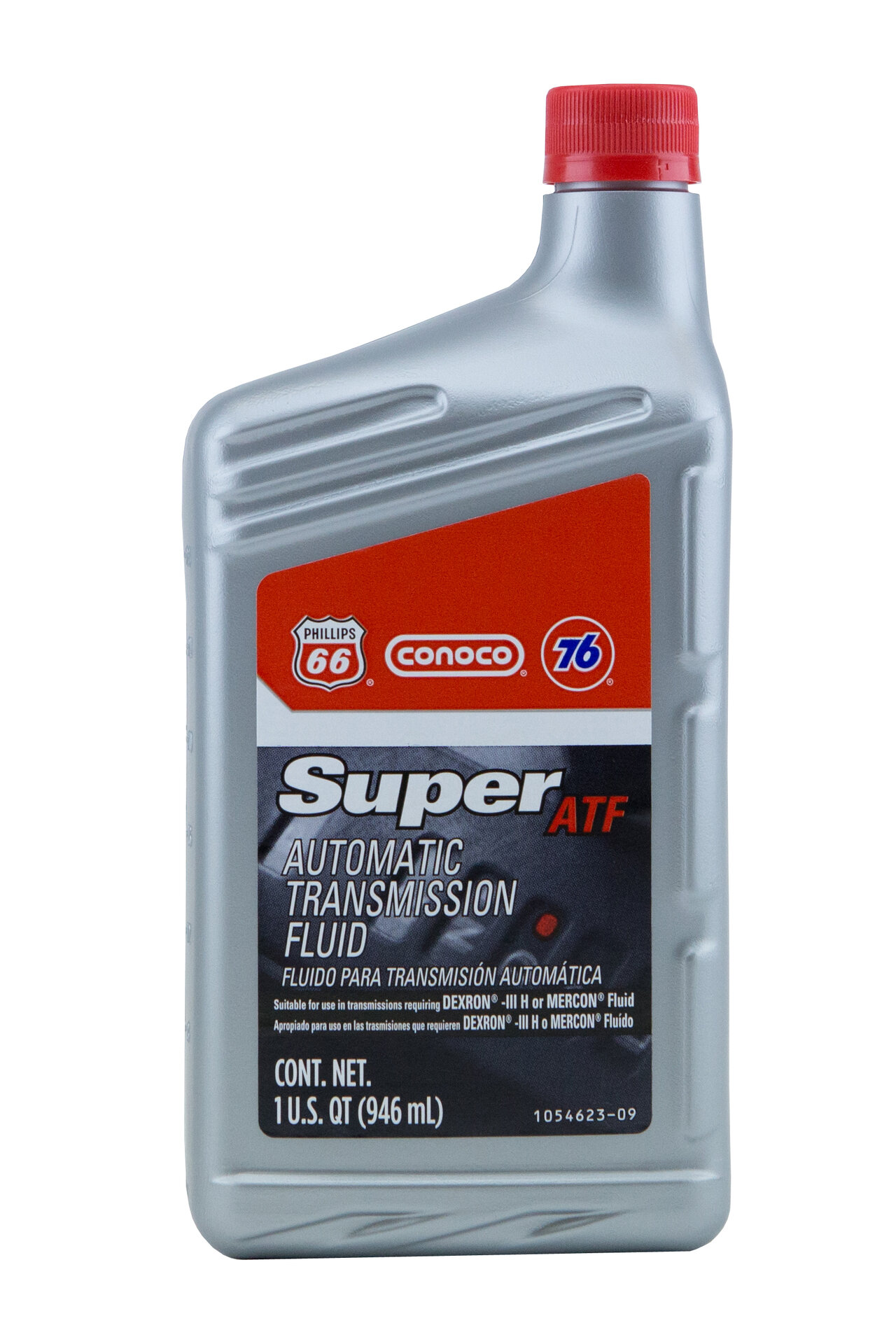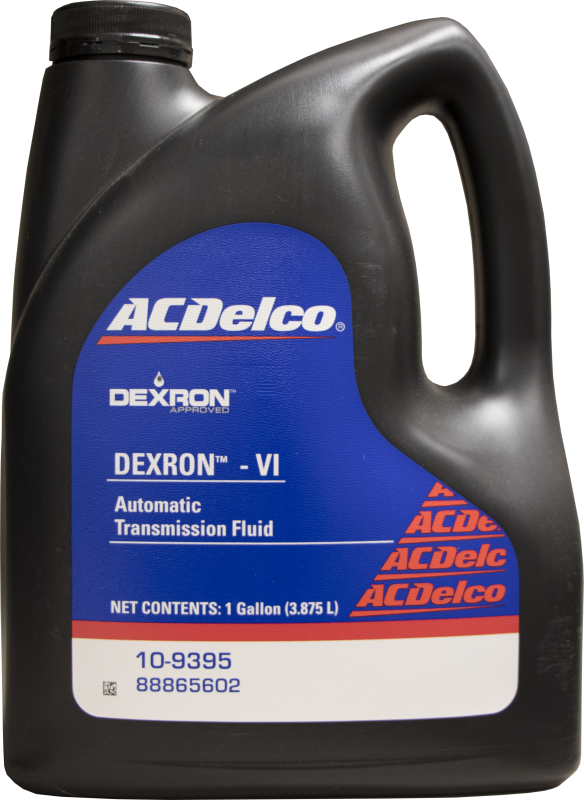

In this motorbike, oil engine lubricates just the engine parts.
#Automatic transmission fluid manual#
Using oil products designed for different systems interchangeably will lead to damage and safety risk, especially when automatic transmission fluid (ATF) is used for manual transmission.Īn automatic two-wheeler uses the ‘dry’ clutch that works with a Continuously Variable Transmission (CVT) system that is separate from the motorbike’s engine. This knowledge is essential, even though many motorbike owners are not aware of this rule of thumb. While automatic motorbikes or motor scooters are widely popular nowadays, manual transmission two-wheelers have not entirely lost followers, especially among sports and underbone motorbike enthusiasts.įrom maintenance perspective, the different transmission systems require separate types of oil – each has different content. *Rear wheel drive vehicles - the dipstick will usually be on the passenger’s side of the engine compartment, near the back of the engine.įront wheel drive vehicles - the dipstick will usually be on the driver’s side of the vehicle, on either side of the transmission.Like cars, modern motorcycles come with different options of transmission system – automatic and manual. But obviously, adding transmission fluid is a lot cheaper than replacing the whole transmission system! Either way, we’re always here to help in any way we can. So if your car doesn’t have a dipstick, you should have your local transmission shop or dealership check the transmission fluid level at least a couple times a year, even if you don’t notice a problem with transmission operation.Ī FOOTNOTE: It’s also worth mentioning that a faulty transmission and one that’s just low on fluid share many of the same symptoms. This puts checking the transmission fluid level beyond the capabilities of the average car owner. The process often involves electronic testing devices, such as a computer scan tool. Referred to as sealed units, these transmissions require a much more involved process to check fluid levels than in days gone by. LASTLY: Unfortunately, in recent years, many manufacturers have started to eliminate the transmission fluid dipstick.

#Automatic transmission fluid how to#
They’ll be happy to show you where the dipstick is, and how to check the fluid level. If you’re ever unsure of the procedure or where to find the transmission dipstick, check with your local Mister Transmission shop. Also, if the transmission requires more than a quart, or is using fluid regularly, take your car in to have it checked for leaks. REMEMBER: Always use the fluid recommended by the manufacturer (see ‘ Choosing the Right Transmission Fluid’). If the transmission fluid is clear but doesn’t reach the “Full” line on the dipstick, use a funnel to pour just enough transmission fluid down the dipstick tube to reach the line.(It should be pinkish & almost clear but if it smells burnt or has particles in it, have a mechanic drain and change it). Pull the dipstick back out, and check the fluid level against the markings on the end of the dipstick.Slide the dipstick all the way back down into the transmission fill tube.Remove the dipstick, and wipe it off with a clean rag or paper towel.Put the shifter all the way back into park.Hold your foot on the brake, and work the shifter slowly through the gears.Bring the engine and transmission to normal operating temperature.Start the engine (and don’t turn it off until finished!).If you aren’t comfortable with this procedure, always take your car to your local service station to have the transmission fluid checked. Watch out for moving components, such as fans, fan belts, pulleys, etc. This can be very dangerous if you aren’t careful. WARNING: Checking the transmission fluid level requires working under the hood of your car with the engine running. If you don’t have an owner’s manual, here’s the basic procedure that will work on just about any car that has a transmission dipstick. Your car’s owners manual should provide a detailed description on how check your transmission fluid level. This will enable you to catch a slow fluid leak you may not know you had potentially saving a lot of money in damaged transmission parts. We recommend you check the level at least once a month. Your transmission depends entirely on this distinctive fluid, hence a low fluid level can have a disastrous effect on transmission operation.


 0 kommentar(er)
0 kommentar(er)
